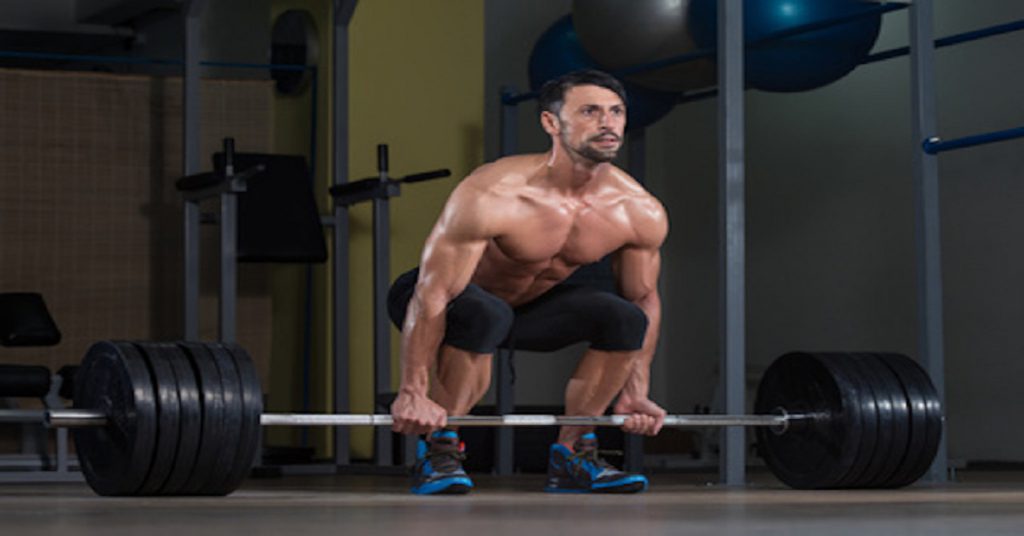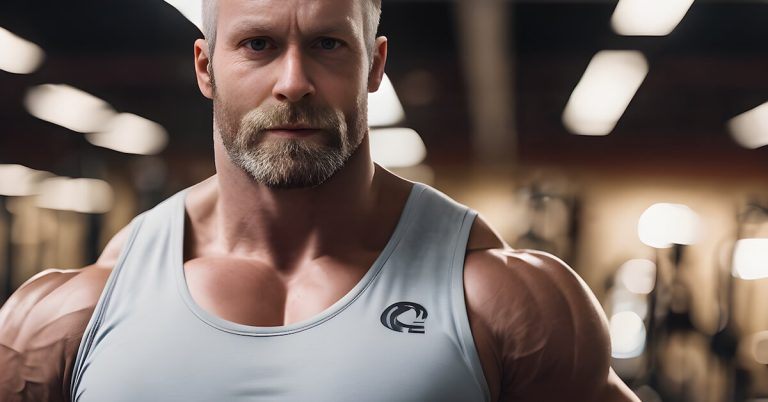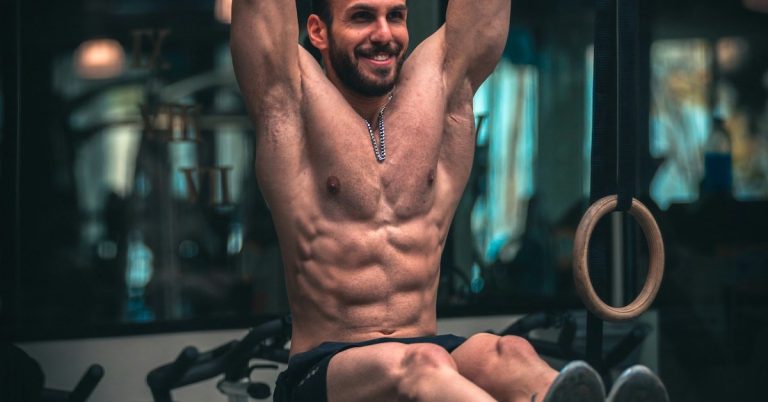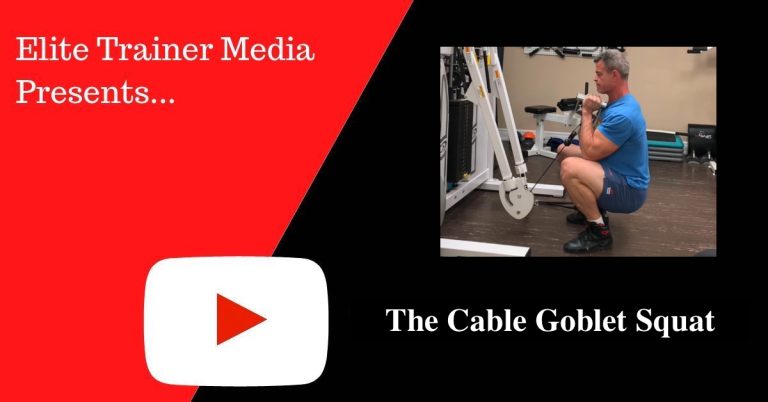You can get very technical with the answer if you wish, or you can make things simple. Let’s take the “easy” route:
A) Olympic Front or Back Squats: maximum knee bend
B) Semi-Stiff-Leg Deadlifts or Good Mornings: minimum knee bend
C) Power Squat or Bent-Knee Deadlift: somewhere between A and B
Sure, there are structural differences that will influence the amount of knee bend, but for the most part, as long you’re able to maintain a neutral spine and a braced core, the general guidelines above apply.
Old Rules and New Trends
We have been told for ages to keep the knees back when doing squats and deadlifts. Essentially, the rule is “don’t let the knees pass the toes.” Well, that rule may apply in some circumstances, but not all.
Full squats offer many benefits, but they are not for everyone. In hypermobile cases, for instance, it may be wise to limit the range of motion as I discuss in Weight Training as a Tool.
During bent-knee deadlifts, the knees should bend a fair amount! They’re not semi-stiff-leg deadlifts. Yet, there seems to be a trend toward treating all deadlifts in this manner where the knees bend slightly and the hips do the rest.

There also seems to be a trend toward driving the knees outward during these movements. Again, that approach may work in some cases, but not all (see page 65 of The Elite Trainer for signs of common muscle imbalances that appear during squats and how to correct them). For the most part, you can’t go wrong when the knees track over the middle toes.
Take-Home Message: The amount of knee bend during squats and deadlifts will depend on the individual and their particular goal. Don’t follow rigid rules or the latest trend. Be flexible and use the approach that is best for the situation.

The Elite Trainer: Strength Training for the Serious Professional
The Elite Trainer is a synthesis of the very latest thinking in strength training and a comprehensive guide to developing individualized programs for your clients.
Intensity, volume, density, repetitions, sets, tempo, time under tension, rest interval, exercise selection and sequence, load selection, duration, and frequency are all covered in detail in easy-to-understand language. Whether you are a seasoned professional or a beginner, The Elite Trainer provides a wealth of information you can put to use immediately.

Fill in Your Upper Chest with This Novel Exercise
Achieving a well-balanced and aesthetically pleasing chest can be a challenge, especially when it comes to targeting the often elusive

Elevate Your Core Training: Advanced Hanging Leg Raise Techniques
Hanging leg raises stand as a cornerstone in core training, particularly beneficial for athletes, as they target the lower abdominal

The Cable Goblet Squat: A Great Workout Finisher
Love 20-rep squats to cap off a workout? Goblet squats are fantastic, but handling a heavy dumbbell or kettlebell can
follow
Error: No feed with the ID 2 found.
Please go to the Instagram Feed settings page to create a feed.
